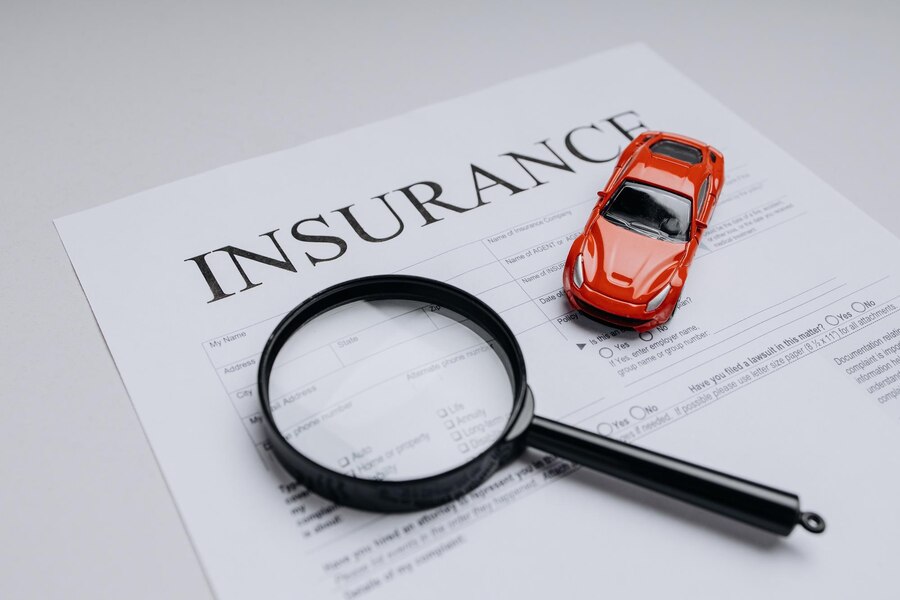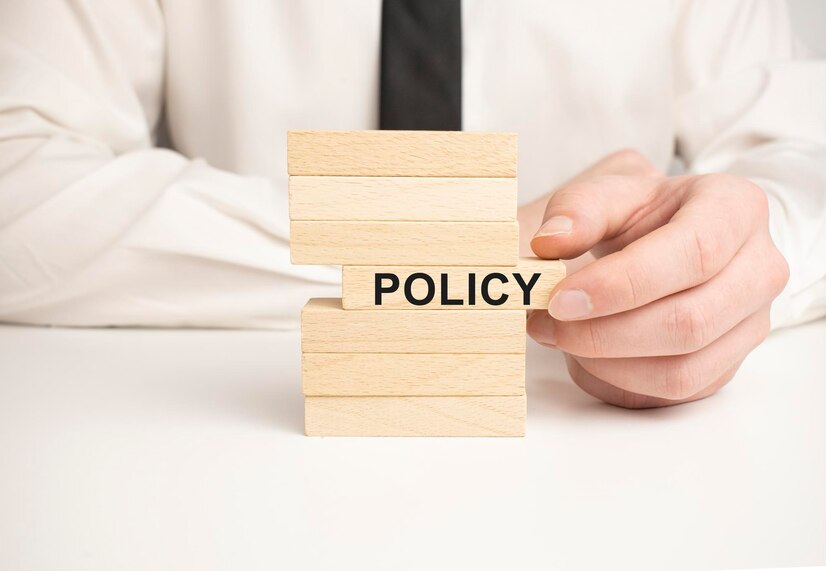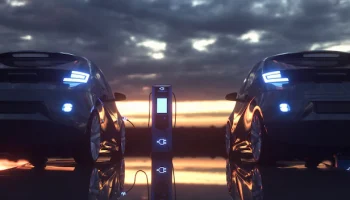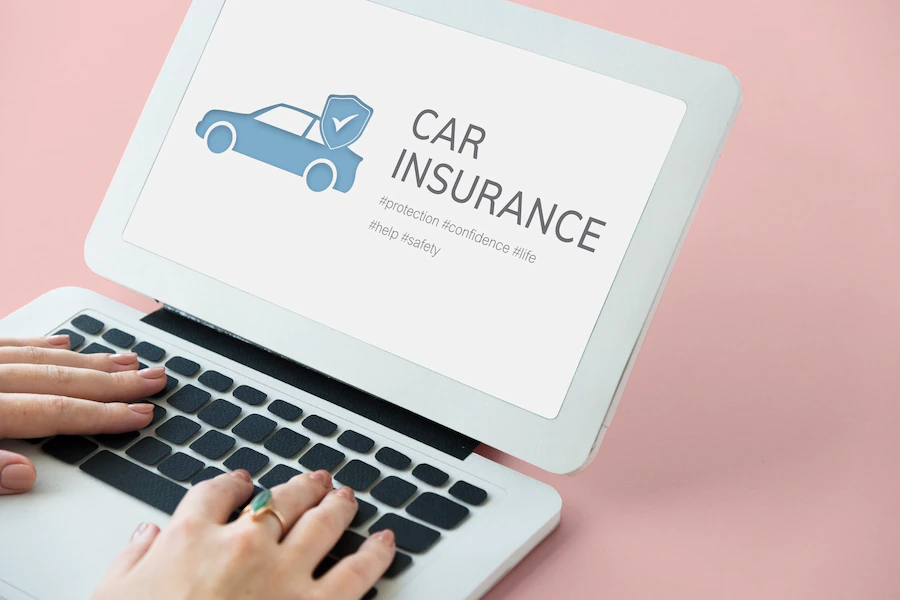Over 228 million drivers are currently licensed to operate vehicles in the US. And those millions of people want to know they’re at least covered in case an accident happens.
But how do you shop for auto insurance if there are so many different companies and policies on offer? There are plenty of things you need to consider when trying to choose the best plan for you.
That’s why we’ve compiled these ten tips to help you. Read on for some advice on how to compare auto insurance policies. Let’s dive in!
1. Understand Your Coverage Requirements

Before you compare auto insurance policies, it’s crucial to determine the needs of your coverage. Consider factors such as your vehicle’s value, your driving habits, and your budget.
Assess whether you need comprehensive coverage, collision coverage, or just liability coverage. Understanding your needs will help you narrow down your options.
Vehicle Value
If you own a brand-new or high-value car, you may want comprehensive coverage. It protects against theft, vandalism, or damage caused by natural disasters. However, if your vehicle is older or has depreciated, you may opt for basic liability coverage.
Driving Habits
Consider your driving habits and the environment in which you drive. Say, you frequently commute in heavy traffic or live in an area prone to accidents. Comprehensive coverage and higher liability limits may be beneficial.
If you use your car sparingly or mainly for short trips, you may be able to opt for a more cost-effective policy.
State Requirements
Familiarize yourself with the minimum auto insurance coverage needed by your state. Each state has its own set of mandatory liability coverage limits. Ensure that any policy you consider meets or exceeds these requirements.
Personal Finances
Evaluate your financial situation. Assess how much you can comfortably afford to pay whenever an accident takes place, or something sabotages your vehicle. While higher coverage limits provide more protection, they also come with higher premiums.
Set a budget for your insurance premium. Choose coverage that strikes a balance between protection and affordability. But if you are still dealing with excessive financial drainage, consider getting the best car insurance cheap rate. Visit www.carinsurancecheap.net or our website for more tips and guides!
Additional Coverage Needs
Consider any additional coverage needs you may have. For example, you have a long commute and frequently travel on highways.
You may want to include motorist coverage that’s either uninsured or under insured. This protects you in case of a motor accident with an uninsured or under insured driver.
Let’s say you have a medical condition that requires regular treatment. You may want to consider medical payments coverage or personal injury protection.
Future Plans
Take into account your future plans and how they may affect your coverage requirements. For instance, you’re planning to purchase a new vehicle or add a teen driver to your policy. You’ll need to adjust your coverage accordingly.
2. Evaluate The Policy Coverage

When comparing auto insurance policies, carefully evaluate the coverage each policy offers. Look beyond the premium cost and examine what the policy covers.
Does it have liability coverage? Does it have uninsured or underinsured motorist coverage? Does it cover medical payments coverage and personal injury?
Knowing these will help you understand the level of protection each policy provides.
Liability Coverage
Liability coverage is the minimum coverage mandated by law. It covers the costs associated with injuries or property damage caused to others in an accident for which you are at fault.
Evaluate the liability limits offered by each policy. Higher limits provide greater protection but may come with higher premiums.
Comprehensive Coverage
Comprehensive coverage protects your vehicle against non-collision-related incidents. Those conditions include theft, vandalism, natural disasters, or damage caused by falling objects.
Assess the extent of the comprehensive coverage offered by each policy. Does this include coverage for a wide range of perils, or are there specific exclusions?
Determine if this coverage is necessary. Consider the value of your vehicle and its susceptibility to theft or damage.
Collision Coverage
This coverage encompasses the cost of repairing or replacing your vehicle in case of a mishappening, regardless of fault. Consider this coverage option provided by each policy. Are there any limitations or exclusions?
Determine if it is essential. Consider the value of your vehicle and your willingness to bear the cost of repairs or replacement in case an accident happens.
Underinsured Or Uninsured Motorist Coverage
This coverage protects you if you’re involved in a car accident where the driver doesn’t possess insurance or equivalent coverage. Check the limits and terms of this coverage.
It can provide crucial financial protection in situations where the at-fault party lacks adequate insurance.
Medical Payments Coverage
Medical coverage includes all medical expenses for you as well as your passengers, regardless of fault. Assess the medical payment coverage options offered by each policy.
Consider your coverage limits and whether they align with your personal medical insurance coverage. If you don’t have health insurance or have limited coverage, higher MedPay limits may be beneficial.
Pip Or Personal Injury Protection
PIP coverage is similar to medical payments coverage but often provides broader protection. It covers lost wages, medical expenses, and other costs related to injuries sustained in accidents.
PIP coverage is mandatory in some states and optional in others. See the PIP options provided by each policy. Consider whether it aligns with your specific needs and state requirements.
Additional Coverage Options
Some policies offer additional coverage options. They have roadside assistance, rental car reimbursement, or gap coverage. Assess the availability and terms of these additional coverages.
Determine if they are important to you depending on your individual circumstances and preferences.
3. Compare Deductibles
The deductible refers to the amount you need to pay out of your pocket before the insurance coverage actually kicks in. When comparing policies, pay attention to the deductibles offered.
An increased deductible may lower your premiums, but it also means you’ll have to pay more in the event of a claim. Evaluate your financial situation first. Then, choose a deductible that strikes the right balance between affordability and coverage.
Policy limits determine the maximum amount the insurer will pay for a claim. Assess if the limits and deductibles are reasonable. See if they align with your budget and risk tolerance.
4. Check Policy Exclusions
Exclusions are circumstances or conditions that an auto insurance policy may not cover. Read the fine print of each policy and take note of any exclusions.
Read the policy to identify any exclusions or limitations that may affect coverage. Common exclusions involve intentional acts. This includes racing, using the vehicle for commercial purposes, or driving under the influence.
Understand these exclusions. This will help you avoid surprises and ensure that you have coverage where you need it most.
5. Compare The Insurance Providers
While comparing auto insurance policies, don’t forget to research the insurance provider itself. Look for customer reviews, ratings, and testimonials. Gage the company’s reputation and reliability.
Check if the provider has a history of excellent customer service and prompt claim settlements. A reputable and stable insurance agency will give you peace of mind. You need to know that your claims will be resolved efficiently.
6. Consider Customer Support
Prompt and reliable customer support is crucial when dealing with auto insurance. Check the customer support options offered by each insurance provider.
Do they have a 24/7 helpline? Are you able to reach them via email or chat? Many channels of communication can make the claim process more accessible and efficient.
Consider if the provider offers any online tools or apps that allow you to manage your policy easily.
7. Compare Premiums
Price should not be the sole determining factor. But insurance premiums are still an important aspect. Request quotes from different insurance providers. Provide them with accurate information about your vehicle, driving history, and coverage requirements.
Compare the premiums offered and identify any significant differences. This way, you can opt for a cheap car insurance option that provides the best coverage.
8. Assess Discounts And Benefits
Check if the provider offers any discounts or other benefits. This may be to lower your premiums or enhance your coverage.
You may get safe driver discounts or multi-policy discounts (if you have other insurance policies with the same provider). Others offer discounts for anti-theft devices and safety features in your vehicle. Assessing these discounts can help you save money without compromising on coverage.
9. Review The Claim Settlement Process
The claim settlement process is the most important aspect to consider. Look for information on how the provider handles claims. Learn about the time taken to claim a settlement and any additional steps involved.
Read customer reviews to gain insights into the company’s claims settlement process. A smooth and efficient claim process is essential during an unfortunate event. Ensure that you receive the support you need without unnecessary delays.
10. Seek Professional Advice
You may still be unsure about which auto insurance policy to choose. This time consider seeking professional advice. Insurance brokers and agents can provide personalized guidance depending on your unique circumstances.
They can help you understand complex policy terms and coverage options. They will assist you in finding the best policy that meets your needs and budget.
Compare Auto Insurance Policies Today
Auto insurance policies can be overwhelming. It’s a crucial step to ensure you get the right coverage at the best price. Follow these ten tips, and you’ll be well-equipped to compare auto insurance policies effectively.
Take the time to do your research, and you’ll drive away happy in no time!
Visit our website for more tips and guides!
Read Also:




























